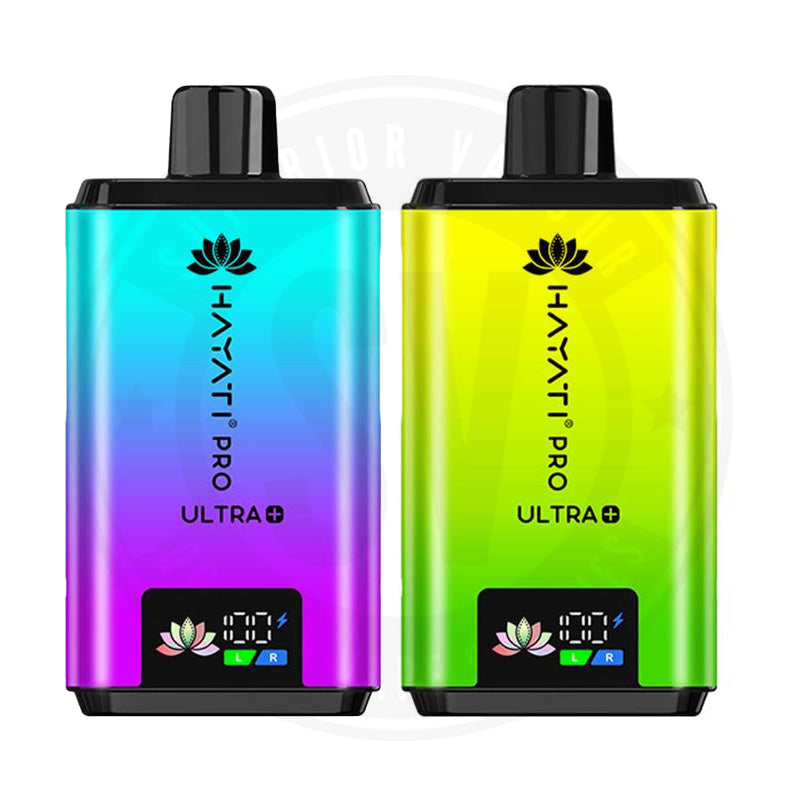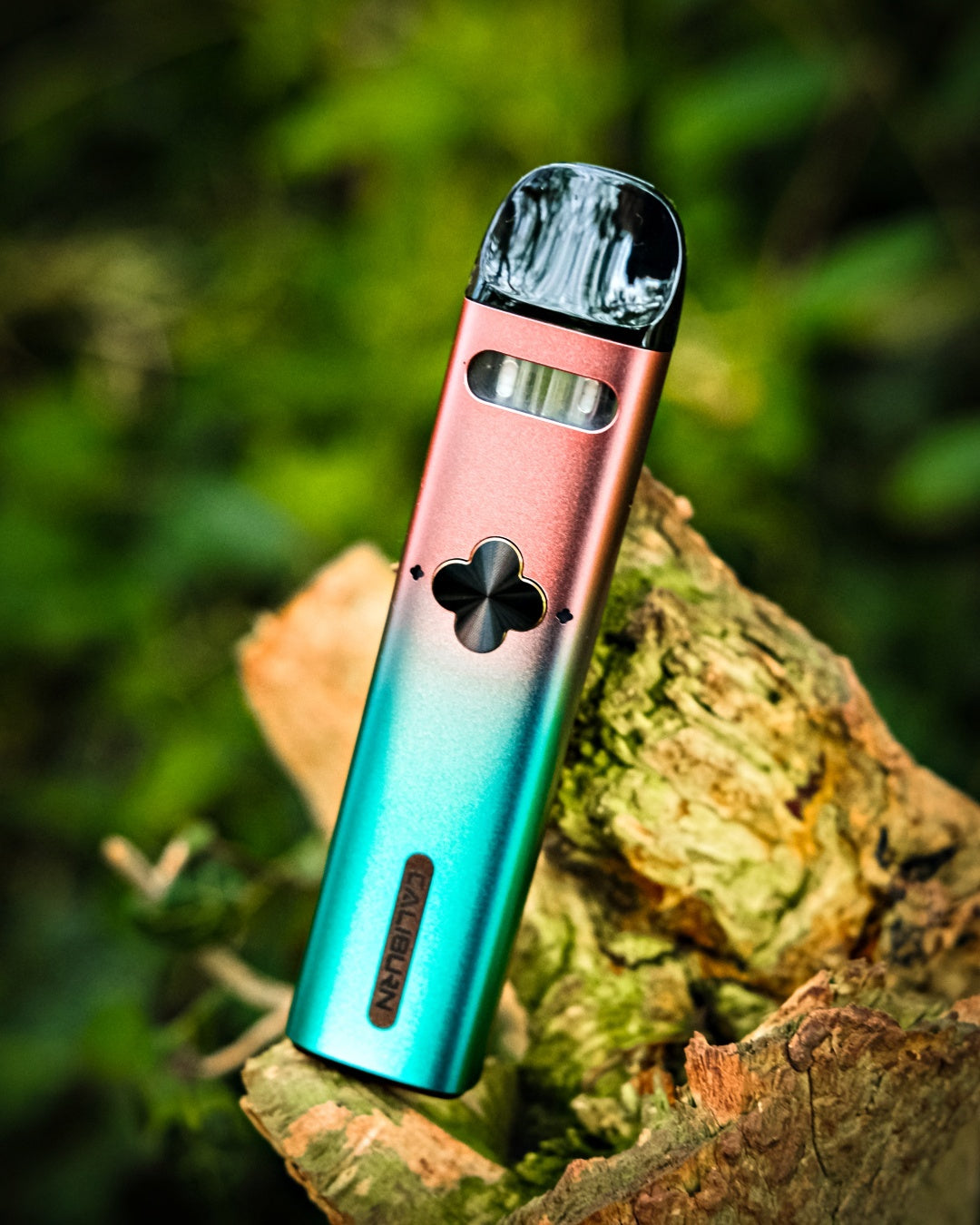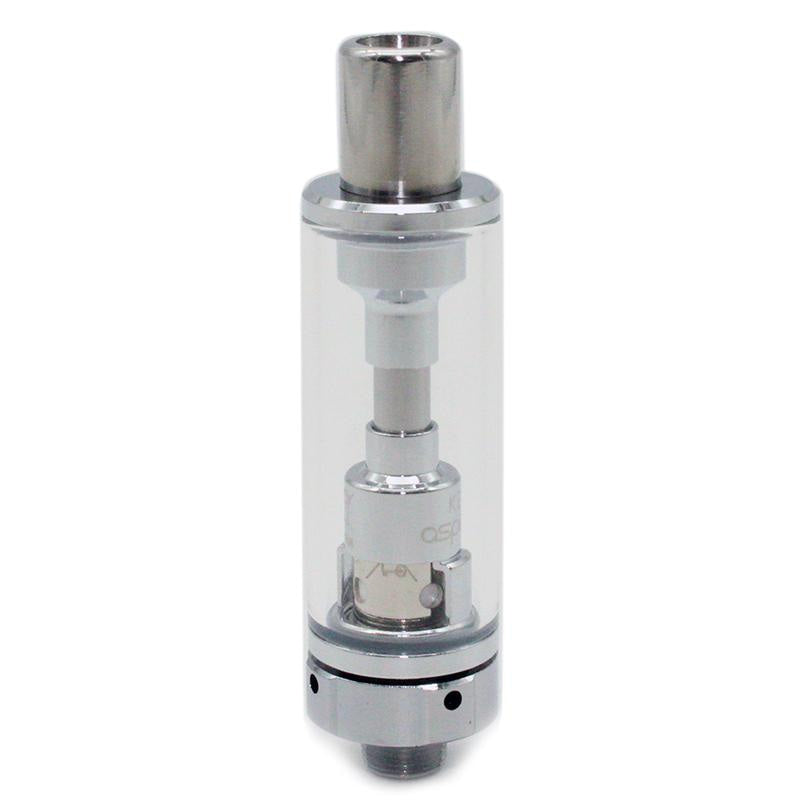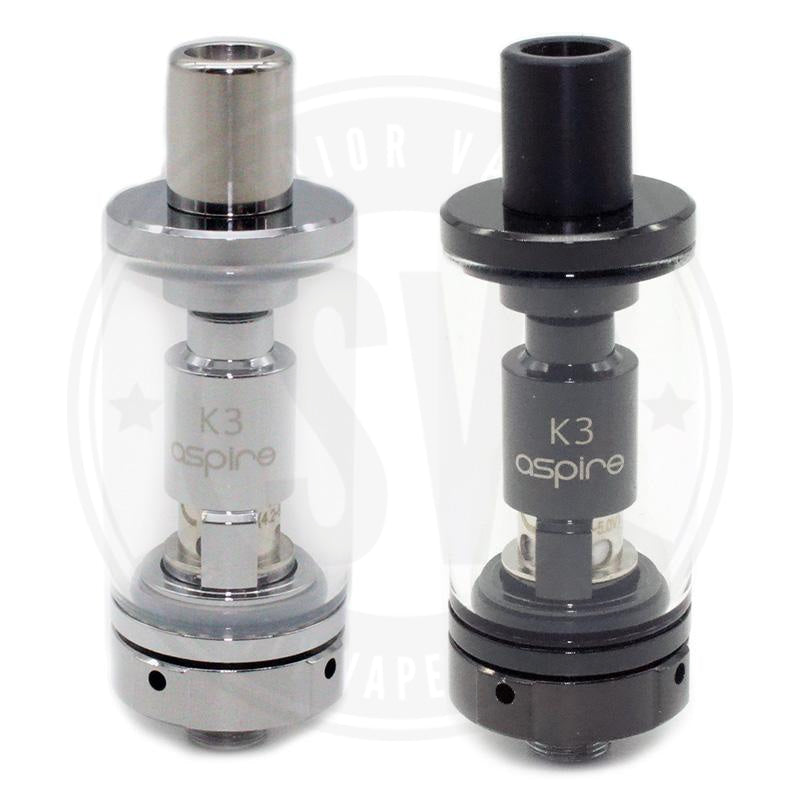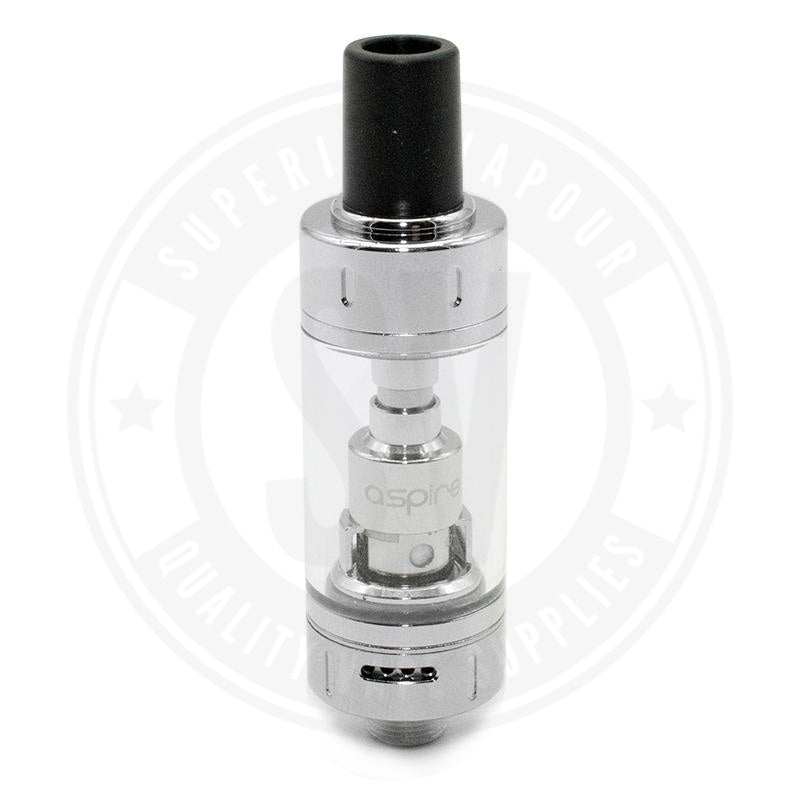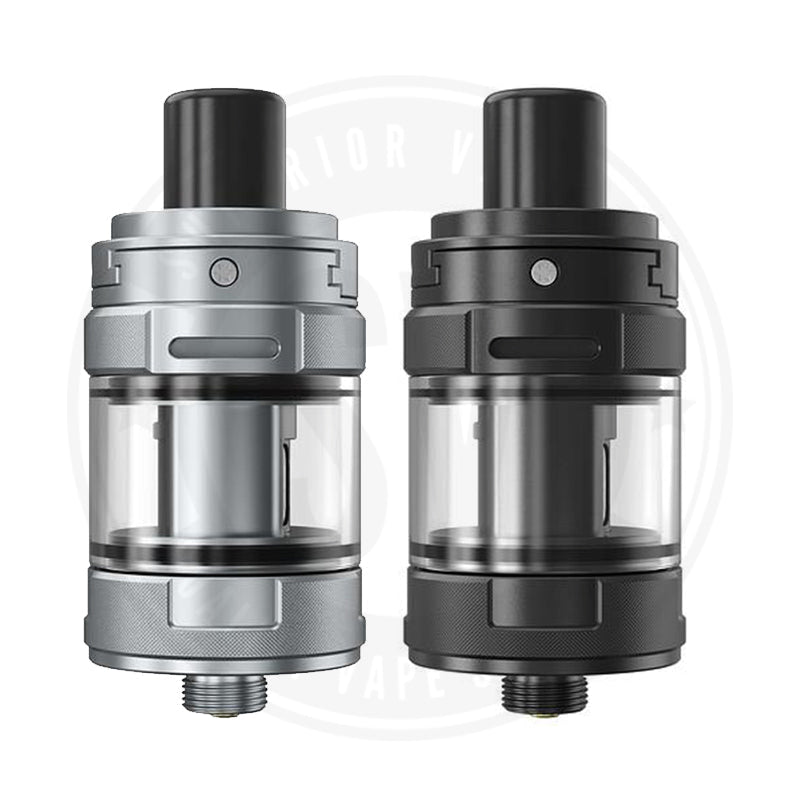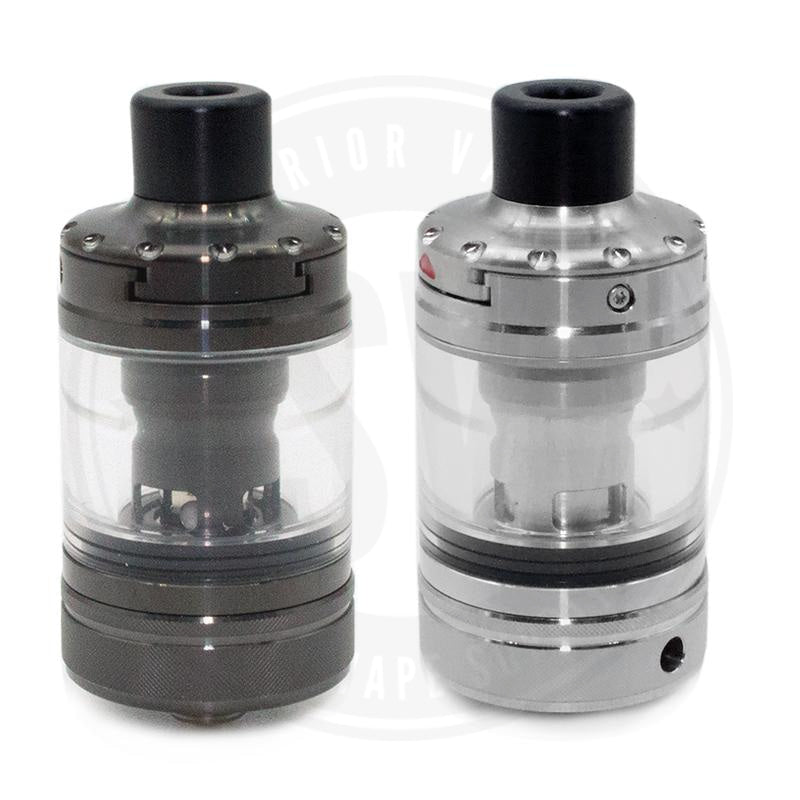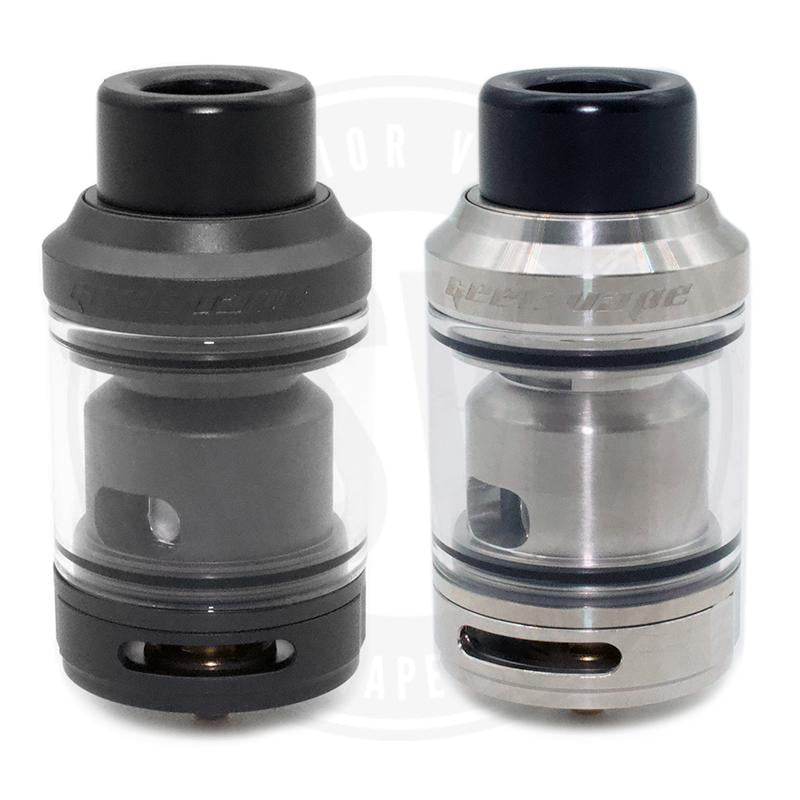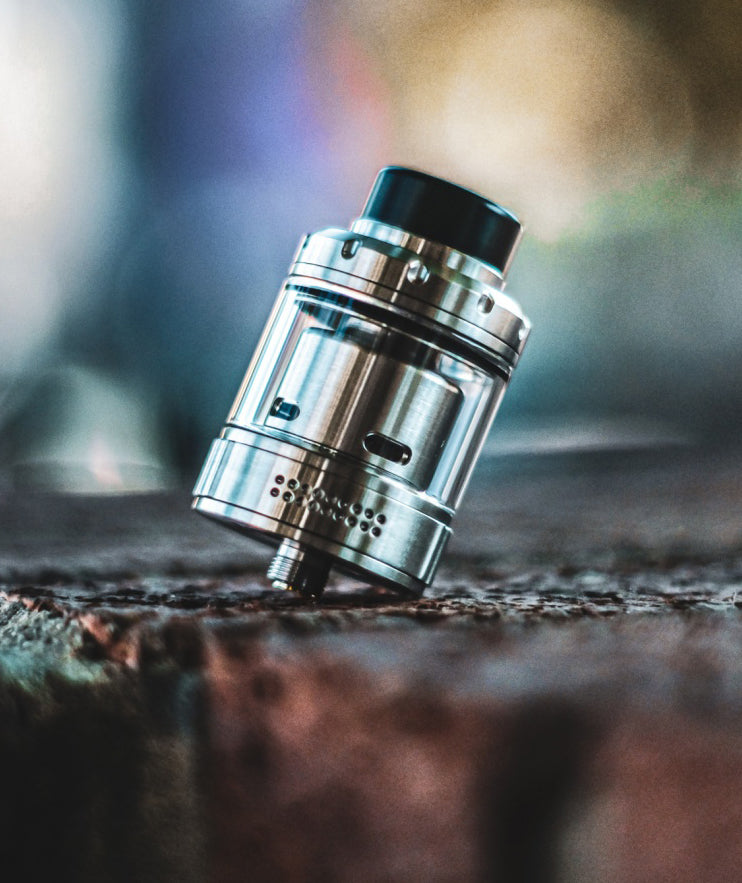Welcome back to another installment of the Superior Vapour guide to fundamental elements of vaping and vape culture.
If you’re new to vaping, a lot of the terminology and gear can get a little confusing, especially when it comes to things like coils that go by multiple names and types. But coils are an essential part of the mechanics of every vape. Which means that if you’re going to be vaping, and especially if you’d eventually like to build your own, you’re going to need to know at least a little bit about them. So, we’re going to break it down, giving the what, why and how of everything to do with coils, and why they’re so necessary.
But firstly, what are coils?
Essentially a coil is a wire wrapped, in a spiral shape, around the wicking material inside your vape. The coil then connects the positive and negative poles of the battery, which is where the heating element comes from.
Due to its function, the coil is made from a conductive and heat resistant material. However, each material holds different properties, so depending on the primary use of your vape, or the type of experience you want to create, your coil could be made from anywhere between nickel to stainless steel. Stainless steel being the most widely used. Similarly, the design of your setup, or homemade coils, can differ.
Despite all the differences, all coils exist for one primary function.

What Are Coils For?
Coils bring the heat necessary for turning your e-liquid into vapour!
It works something like this. First saturate your wicking material in e-liquid. Then, as the battery warms up, it will heat up the coil that’s anchored over the top, which turns the e-liquid in the wick into vapour. This vapour then travels upwards through you clearomiser and voila, you’re vaping.
What About Atomisers?
Although coils and atomisers are ultimately separate entities, they do overlap, and it is not uncommon to see the two terms flip flopped between.
Atomisers, or atomiser heads, are the package deal of the wick, coil and casing. Which is why the two terms are often interchangeable. Usually located at the bottom of your tank, the wick absorbs the liquid whether it is in use, or left standing, enabling you to get vaping without waiting.
A benefit of buying atomiser heads rather than singular coils is the ease of use. Atomiser coils can be removed by twisting off the head, and replaced with a new one with minimal skill or fuss. These atomizers, often referred to as coil heads, are specifically designed for your particular device and are good for about an entire week of usage. Unfortunately this means that you may end up racking up a lot more than your initial cost quite quickly.

As well as providing the mechanism which allows you to vape, atomisers can also have a huge effect on how you vape.
Each atomizer is rated at a different resistance and has an optimal wattage range.
Some coils are geared towards high-wattage vaping, some low-wattage vaping and others are made to be used with a temperature control mode. By choosing between these specific vape coils, you can change the type of draw you get, whether it is direct to lung, or mouth to lung.
You can also buy rebuildable atomizers that require you to build your own vape coils, which we do not recommend for beginner vapers. However, once you’ve built up your confidence, knowledge and experience, the possibilities for your vaping experience are endless. Building your own coils allows you to perfectly tailor them to your desired specifications, as well as the added bonus of being able to re-wick and clean your coils at will.
Rebuildable atomisers also come in different types, primarily Rebuildable Dripping Atomisers (RDAs) and Rebuildable Tank Atomisers, or, you guessed it, RTAs. RDAs are great for sub ohm vapers, or cloud chasers, as they provide some of the most intense flavours and largest amounts of vapour. With RDAs you directly inhale the vapour produced from a few drops of the e-liquid onto the coil, whereas using an RTA means a pressurized tank system will deliver the e-liquid to your vape coils in order to produce the vapor and flavor.
Single vs. Dual Atomisers
Atomizer coils come in two general types: single-coil and dual-coil. Dual-coil atomizers have two heating elements - two wicks and two wire coils - vaporizing the e-liquid simultaneously, while single-coil atomizers have only one wick and one coil wire.
Single coils take up less battery power and are easier for advanced vapers to build for their mod kits. Alternatively dual-coil, and above, builds make bigger clouds and produce a stronger flavour. For your everyday vapers, this won’t mean much, however, for those of you that like to vape sub ohm, this will be an important determinant in how you set up your coils.
Sub Ohm Vaping
Experienced vapers who use mod kits for sub ohm vaping will sometimes make their own coil setups. To do this, you need to purchase special alloy wires and your preferred wick material and then spend time tightly winding the coil wire, manually fitting it into your e-cig kit, and then feeding the wicking material through the middle of the coil. Whilst this sounds quite technical, after a lot of practice, it comes as easily as breathing. However most vapers will choose the convenience of purchasing ready made coils.
Sub Ohm vaping produces huge plumes of vapour, as well as bigger mouthfuls of flavour, and is therefore the preferred method of vaping for cloud chasers, or more specifically, competition vapers. Much like many aspects of vaping culture, Sub Ohm vaping began in the pursuit of getting a more intense vaping experience. After figuring out that building lower resistance coils lead to more vapour and more flavour, vapers quickly began building lower resistance coils until they reached below 1 Ohm, hence the name. Soon it just became a race to the bottom as builders found new and ingenious ways to achieve lower resistance setups.
An ‘ohm’ is a measure of the electrical resistance within the coil that is being used, and all atomisers will have an ohm specification somewhere on them. Vape coils generally have an ohm range of 2.4-2.8 ohms, with lots of people enjoying a resistance of 2.5ohms.
Although low ohm vape coils produce more vapour and flavour, they do use more e-liquid and take more battery power than high ohms. But if you want to compete with the bloke from the vape shop with his own meteorology team, it’s what needs to be done.
Previously, if you wanted to vape Sub Ohm, you’d need a mechanical or box Mod that uses rechargeable 18650 batteries, Kanthal wire and organic cotton for wicking, as well as a fundamental understanding of ohm’s law and coil building. However, thanks to more powerful atomiser heads, all you need to do these days is pick up a RTA or RDA and away you go.
Although the technology has caught up, you still need at least a basic understanding of Ohm’s law and basic electronics to ensure your own safety when using these products. Do your homework and go down to your local vape shop, or browse online forums like Reddit, for advice before attempting to build your own coil set up as a beginner.
Okay, so we’ve pretty much covered your basic introduction to the world of coils, check back on our blog next month where we go more in depth and teach you the essentials of coil maintenance: including how to prime, install and clean your coils.








